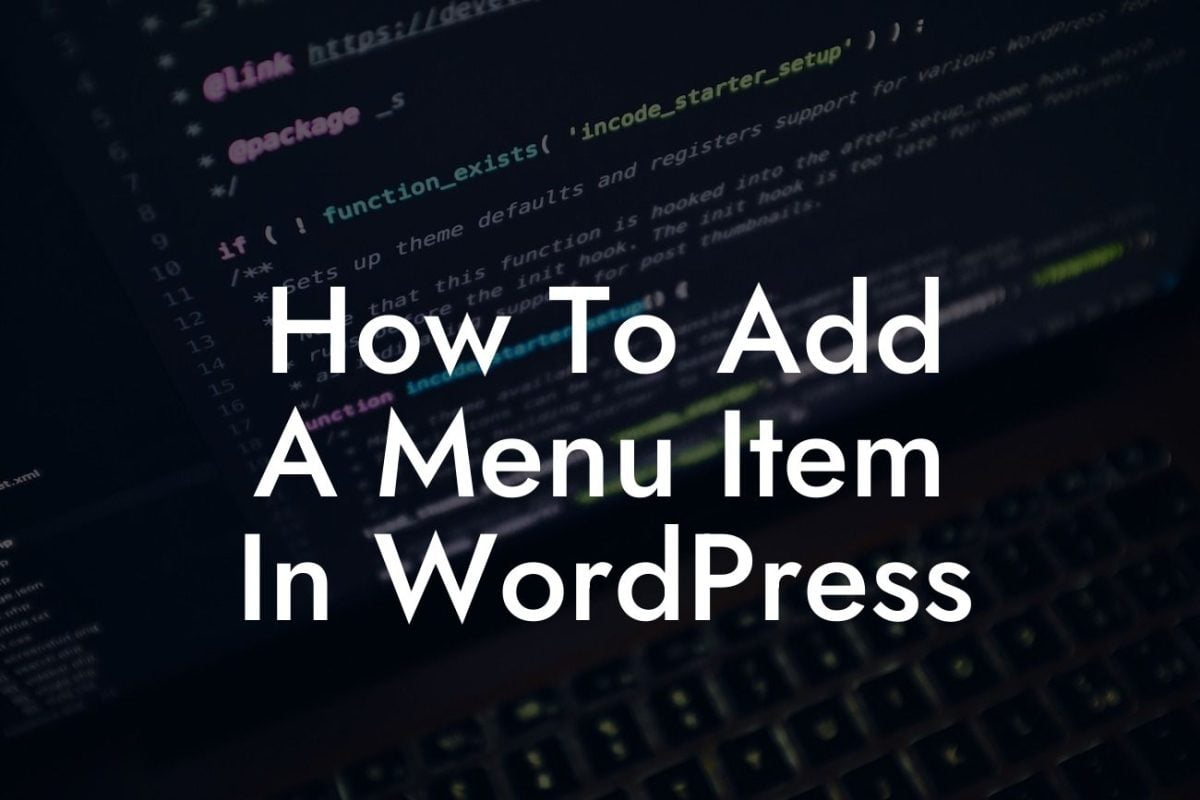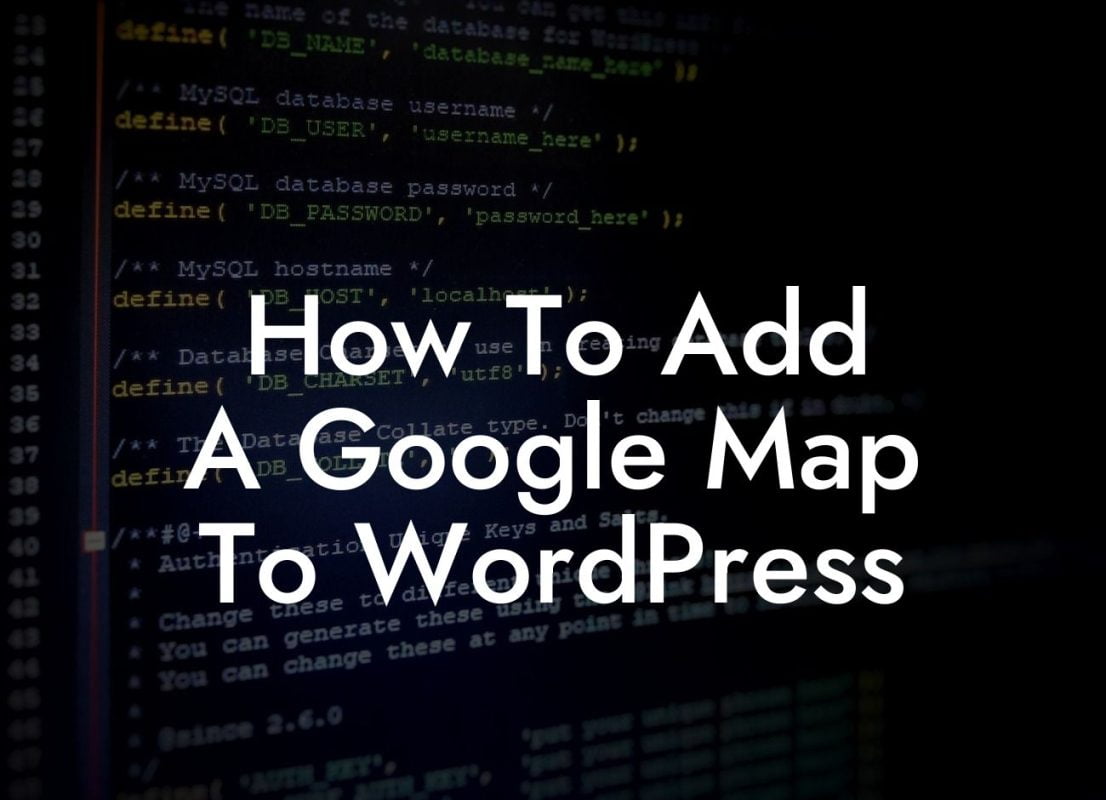In the digital age, having a strong online presence is crucial for small businesses and entrepreneurs. And when it comes to expanding your reach and driving traffic to your website, social media plays a vital role. One of the most effective ways to optimize your website's social media shareability is by customizing the Open Graph (OG) tags in WordPress. In this article, we will guide you through the process of customizing OG tags to enhance your brand's visibility and engagement on various social media platforms.
Open Graph tags are snippets of code that provide social media platforms with specific information about your website's content when it is shared. By customizing these tags, you can control what appears on social media platforms when someone shares your website's links. Here's a step-by-step guide to customizing OG tags in WordPress:
1. Install an SEO Plugin:
Before diving into customizing OG tags, ensure you have a reliable SEO plugin installed on your WordPress website. Plugins like Yoast SEO or All in One SEO Pack offer extensive functionalities for optimizing your website's SEO, including customizing OG tags.
2. Accessing OG Tag Settings:
Looking For a Custom QuickBook Integration?
Once you have an SEO plugin installed, navigate to its settings menu on your WordPress dashboard. Look for the section dedicated to social media or OG tags. Here, you'll find various options to edit and customize your OG tags.
3. Customizing Title, Description, and Image Tags:
Open Graph tags consist of various elements, including the title, description, and image tags. Modify the title tag to showcase your brand or page title effectively. Craft a compelling description tag that entices users to click on your link. Additionally, choose an attention-grabbing image tag that represents your content accurately.
4. Implementing OG Tags for Specific Pages:
Apart from customizing OG tags for your entire website, you can also implement unique OG tags on specific pages or posts. This is especially useful when you want to highlight certain content or products. Most SEO plugins allow you to access OG tag settings for individual pages within the page editor itself.
How To Customize Og: In Wordpress Example:
Let's say you own an online clothing store, and you want to promote a new line of summer dresses. By customizing the OG tags for the specific page showcasing the summer dresses collection, you can ensure that when someone shares the link on social media, the title, description, and image tags accurately depict the stunning dresses, enticing more people to click on the shared link.
Now that you've learned how to customize OG tags in WordPress, it's time to take your website's social media sharing to the next level. Incorporate these techniques and elevate your brand's online presence. Explore other guides and resources on DamnWoo to uncover more strategies for success, and don't forget to try out our awesome WordPress plugins designed exclusively for small businesses and entrepreneurs. Share this article with others who can benefit from enhancing their social media shareability and join the DamnWoo community today!













